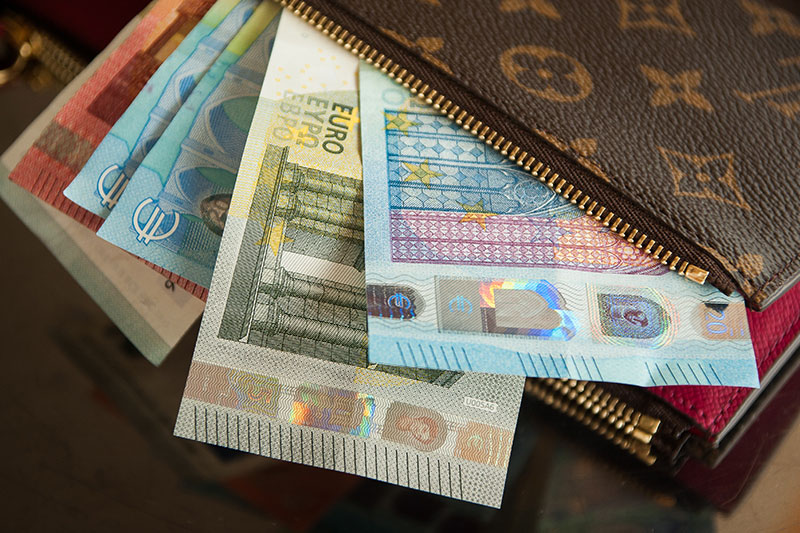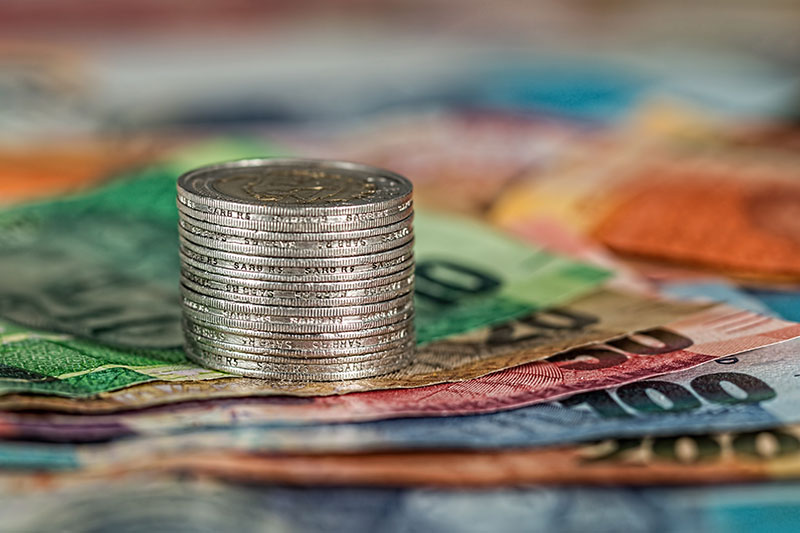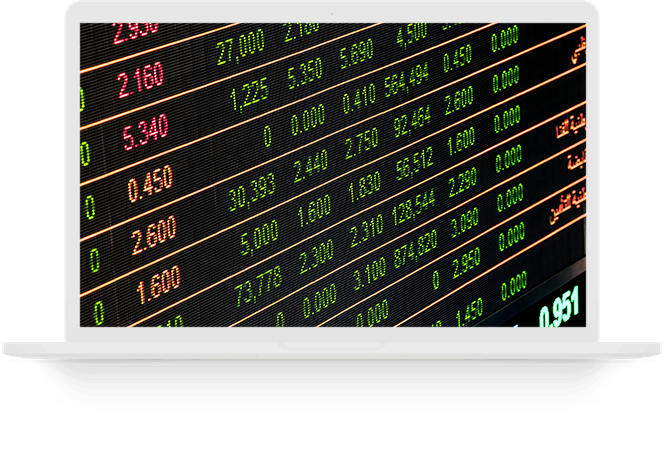Foreign Exchange, popularly known as Forex or FX Trading, the most widely traded markets in the world with more than $5 trillion traded daily. Foreign Exchange is vital in foreign trading, business as products and services availed from a particular country needs to be paid in the respective currency and traders and businesses try to make use of the fluctuation in the currency rate while making the payments.
Forex trading allows a trader to buy or sell one currency against another and thereby speculate on the changes in currency rate over a period of time. Traders in the forex market speculate whether value of one currency will go up or down, in comparison to another currency, trying to make profit from the same.
Foreign exchange rate between a currency pair shows the rate at which that currency will be exchanged for the other. For example, the currency pair USDJPY denotes how much JPY it would take to buy one USD. When USDJPY rate goes up, USD is gaining value/ JPY is losing value and when USDJPY goes down, USD is losing value/JPY is gaining value.

Forex trading is the most popular trading market. Here are a few benefits of Forex trading due
to which it is so popular among traders.






While high volatility is a benefit, it can also prove to be otherwise depending on the market situation.

Various factors contribute to the strength of a currency in a currency pair. One or more of these reasons can impact the currency rate causing it to go up or down. Some of the influencing factors are inflation, interest rates, economic status, political stability, changes in trading terms, natural disasters etc.
For example, a country with a stable government will keep its policies same for its assigned term and investors and traders will have more confidence in such an economy compared to an economy with an unstable government. Also, economy of a country affected by a natural disaster is expected to decline causing the investors / traders to sell their currency causing a dip in their currency rate.
Being one of the long standing and strong currency, US dollar is the basis of forex trading around the world. The most popular currency pairs, known as the majors, include EURUSD, USDJPY, GBPUSD, USDCHF, AUDUSD and USDCAD.
Currency pairs that are not associated with USD are known as minor pairs or cross pairs. Popular cross pairs include GBPEUR, EURJPY, GBPJPY, EURCHF and AUDCAD. These pairs have slightly wider spreads, compared to majors, and are not as liquid, but sufficiently liquid markets.
Exotic pairs involve a major currency and an emerging market currency. Examples of Exotic pair include USDTRY, USDMXN, EURHUF and USRSGD. These pairs are not as liquid and the spreads are much wider.


Some of the potential risks associated with Forex trading are listed below.
As mentioned before, Forex trading is available 24 hours and it can offer traders with good returns with minimum trading costs. However, Forex trading has its own risks as well. Since currency fluctuation depends on political and economic situation of a country, Forex trading is most suitable for those who are keen in watching the market trends and the political and economic developments worldwide. We suggest you to try the demo account before start trading on the real aaccount.
Wealth Way Fx is the Trade name for Wealthway Corporation, Registered in Saint Vincent and the Grenadines with SVGFSA License Number 26349 BC 2021.
The registered office address is Suite 305, Griffith Corporate Centre, Kingstown, St. Vincent and the Grenadines.
High-Risk Warning: Trading in Foreign Exchange, CFD’s, Stocks, Indices and Futures carries a high level of risk. Trade only if you know speculative markets with a degree of risk management to avoid losses or losing your investment.
All content provided in this article and our website is for information purpose and should not be relied upon as advice or construed as granting recommendations of any kind. Wealth Way. is not responsible for any losses incurred on account of using any of the information presented here. All trading strategies should be used at your own risk.
Copyright 2025 Wealth Way | All Rights Reserved.Privacy Policy